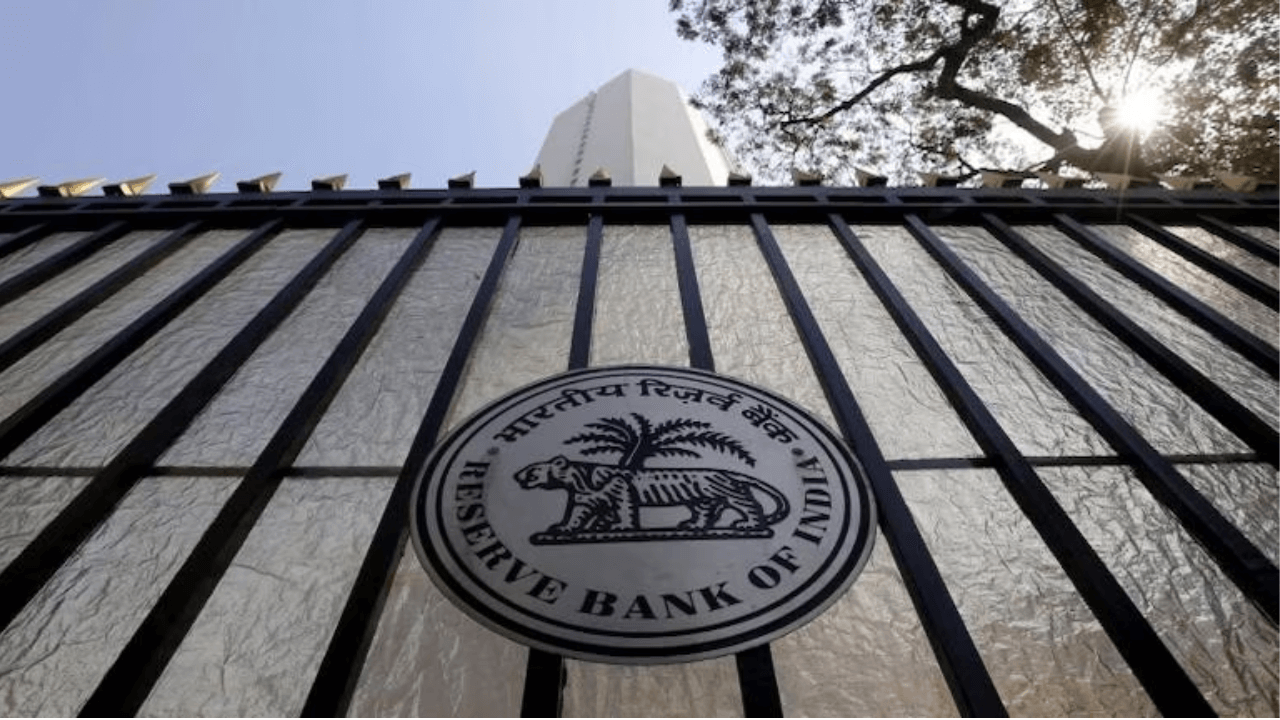The Reserve Bank of India (RBI) has released its latest economic activity forecast, predicting a robust GDP growth rate of 7.6% for the first quarter of the fiscal year 2023-2024 (Q1 FY24). According to the RBI’s analysis, India’s domestic economy has maintained the positive momentum observed in the previous quarter of FY23. The overall economic activity, as measured by the RBI’s index, continues to show resilience.
Key Factors Contributing to this Positive Outlook
India’s domestic economy has demonstrated ongoing positive momentum, as indicated by the RBI’s economic activity index. Despite the difficulties presented by the pandemic, the country’s overall economic activity has exhibited resilience. Based on partial data for April 2023 and an assumed GDP growth rate of 5.1% for the fourth quarter of FY23, the RBI’s monthly bulletin forecasts a strong 7.6% GDP growth for the first quarter of FY24.
Strong Corporate Earnings
Corporate earnings in India have exceeded market expectations, particularly in the banking and financial sectors. This success can be attributed to the strong growth in credit and lending, which has positively impacted overall revenue performance. The favorable performance of corporate earnings is a significant factor driving the projected growth in the first quarter of FY24.
Private Consumption and Manufacturing
The Reserve Bank of India (RBI) expects that the growth in the first quarter of FY24 will be mainly propelled by private consumption. The revival of rural demand and the improved performance of the manufacturing sector, facilitated by the reduction in input costs, are anticipated to contribute to this growth. Promising indicators like increased mandi arrivals and higher cumulative wheat procurement point towards a potentially record-breaking rabi harvest. This would have a substantial positive impact on the rural economy, further supporting the overall growth trajectory.
Record-Breaking Rabi Harvest
The central bank emphasizes that current indicators suggest the rabi harvest is on track to achieve a record production level. This anticipated record harvest is projected to have a significant positive impact on the rural economy, further stimulating overall economic growth. Additionally, there has been a notable increase in mandi arrivals of paddy during the Kharif marketing season, reaching the highest level in eight years. While mandi prices of paddy are slightly below the minimum support price, retail prices are showing an upward trend. This is further supported by favorable global rice prices and an increase in India’s rice exports.
Improvement in Investment Activity
According to the RBI, investment activity is anticipated to improve, primarily due to increased capital expenditure in public spending and a moderation in commodity prices. With manufacturing capacity utilization at trend levels, private capital spending is expected to be essential in adding additional capacity as demand continues to rise. This boost in investment is expected to further enhance the overall economic growth trajectory.
About RBI’s Economic Activity Index
The Reserve Bank of India (RBI) uses an Economic Activity Index comprising 27 high-frequency indicators to assess growth and output trends. This index, also known as a “nowcast,” combines real-time data from various sectors to identify consistent economic patterns. By employing machine learning and artificial intelligence techniques, the RBI aims to project future GDP numbers based on high-frequency data releases. The indicators include the monthly Index of Industrial Production, rail freight, tax collections, oil prices, power supply, steel output, and Purchasing Managers’ Indices.
- 3 August Current Affairs 2023 in English
- MoU Between Subroto Mukerjee Sports and Education Society and All India Football Federation (AIFF) to Promote Football at Grassroot Level
- Dr. Mansukh Mandaviya Delivers Keynote Address at the 13th Indian Organ Donation Day ceremony
- Education Ministry Forms Expert Panel on Anti-Discrimination in Higher Education
- Concerns Arise Over Cheetah Deaths at Kuno National Park
FAQs
What is the rank of India’s economy?
The United States of America boasts the largest economy worldwide, with a GDP surpassing 20 trillion dollars.
